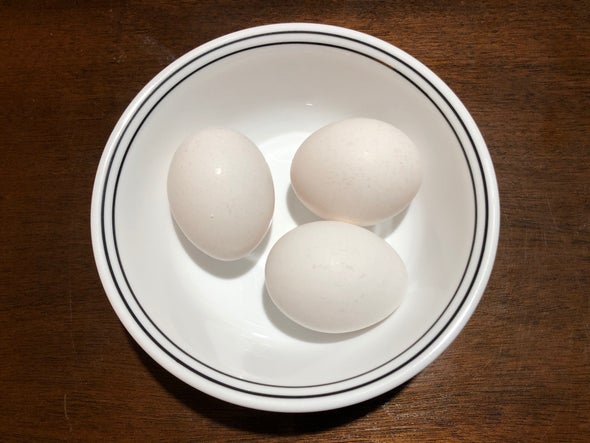Hi, I'm Scientific American podcast editor Steve Mirsky. And here's a short piece from the March 2020 issue of the magazine, in the section called Advances: Dispatches from the Frontiers of Science, Technology and Medicine.
The article is titled "Quick Hits," and it's a rundown of some noncoronavirus stories from around the globe, compiled by assistant news editor Sarah Lewin Frasier.
From the Dominican Republic:
A sunken museum at La Caleta Underwater National Park will preserve in place a ship that sank in 1725, complete with real (and replica) artifacts kept underwater for people to explore. Submerged artifacts often degrade faster when removed from the sea.
From Greenland:
New simulations indicate that a rocky valley detected under the island's ice sheet may contain a 1,600-kilometer-long subterranean river, flowing from central Greenland to its northern coast.
From Greece:
Archaeologists uncovered gold, jewels and beads in a large building on the now uninhabited Minoan island of Chrysi, a location that about 3,500 years ago was devoted to making purple dye from sea snails called Murex.
From England:
Researchers found 1,700-year-old chicken eggs, along with other ancient objects, in a waterlogged pit in southeastern England. A few eggs broke during extraction, releasing a sulfurous smell—but one remained intact, making it the only complete egg found from Roman Britain.

From Australia:
To help boost Sydney Harbor's endangered seahorse population, scientists bred baby seahorses in an aquarium and built crab-trap-like undersea "hotels" to protect them as they adapt to the wild.
And from Antarctica:
Scientists test-drove a meter-long, wheeled rover that streamed live views of the depths as it rolled along the underside of Antarctic ice. The Buoyant Rover for Under-Ice Exploration (BRUIE) could someday explore frozen-over seas on worlds such as Jupiter's moon Europa.
That was "Quick Hits," by Sarah Lewin Frasier.











